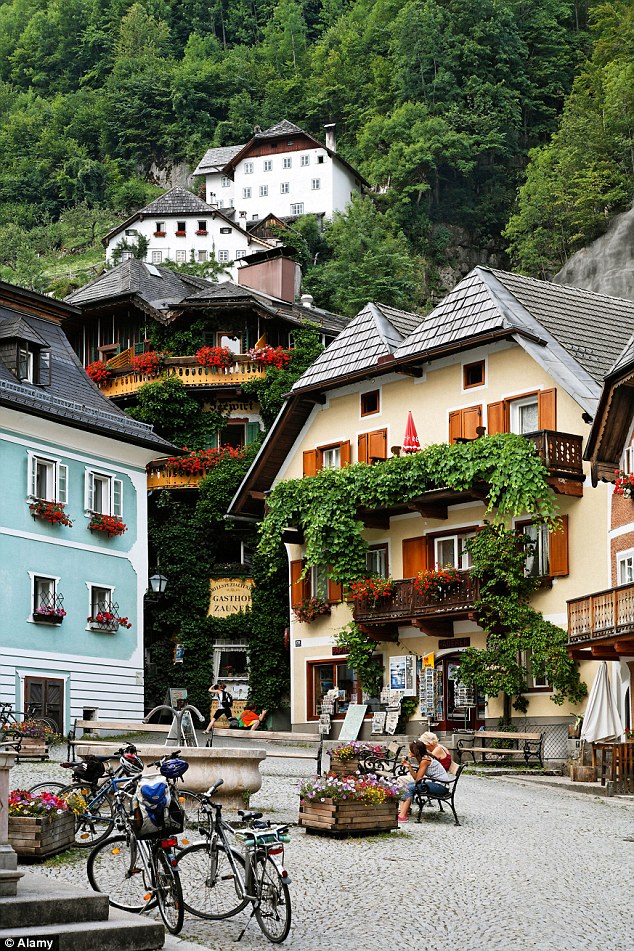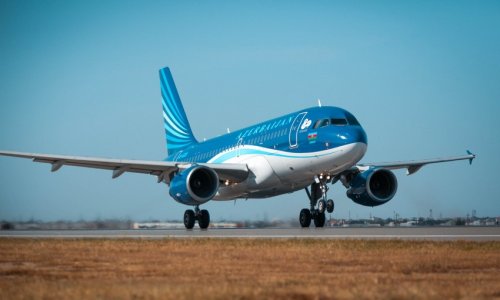And now the Chinese have outdone themselves, by unveiling their latest masterpiece: A replica of Venice complete with four kilometres of man-made canals that run through the heart of the district.Built in the port city of Dalian in China's north-eastern Liaoning province, gondola rides have also been made available to paying customers, with gondoliers dressed in traditional Venetian clothing for added effect. The canal is surrounded on both sides by 'European-style' architecture created by Chinese architects who visited Venice and made copies of some of the more popular buildings in an ambitious attempt to emulate the ubiquitous style of modern day Venice.According to local developers, the canal system was favoured as a way of cutting down on the increasing amount of traffic and a growing rate of car ownership that was affecting air quality in the city. The Venice of the east project cost some 5 billion RMB (£507 million) to construct.Images of the project were mostly praised on Chinese social media sites. But there were also many who pointed out it was sad China did not use its own unique architecture as a basis for a project and instead had resorted to copying foreigners once again.Only last year it was revealed that China had made a copycat version of the Alpine village of Hallsatt which is a UNESCO world heritage site in Upper Austria, sparking an angry backlash from the Austrians who said they had not been consulted or asked for permission for the project. The replica of Hallstatt, a centuries-old village in Austria opened in the Chinese province of Guangdong opened amid some controversy as natives of the original Hallstatt were not initially made aware that their historic buildings and streets were being copied.It was only revealed when a Chinese visitor to Austria's Hallstatt let word of the project slip.The 'made in China' version of the town cost an estimated $940 million to build. Some residents of the original Hallstatt, a town of around 900, made the journey to Guangdong to attend this opening ceremony after the two sides eventually agreed to settle their differences and work together for the benefit of both.With most of the people living in the original village in Austria dependent on the hundreds of thousands of tourists who overrun Hallstatt's 900 inhabitants each year, they see the project as good for business. (dailymail.co.uk)Bakudaily.Az
China creates its very own Venice - PHOTO
World
12:42 | 22.10.2014

China creates its very own Venice - PHOTO
They're well-known for peddling counterfeit goods and hawking copycat versions of iPhones and knock-off designer bags.
Follow us !










